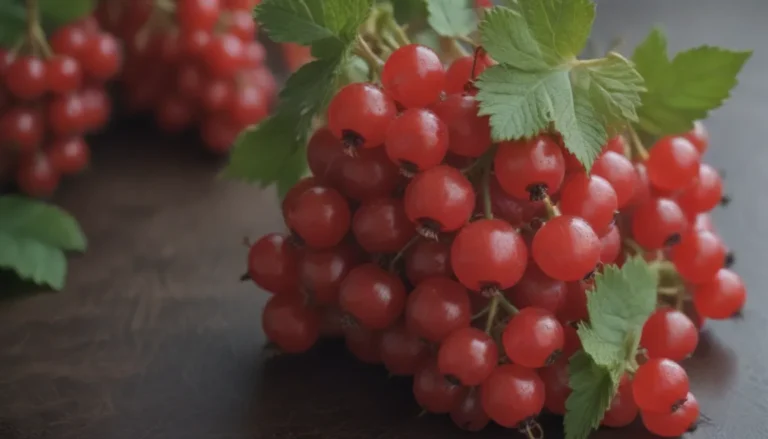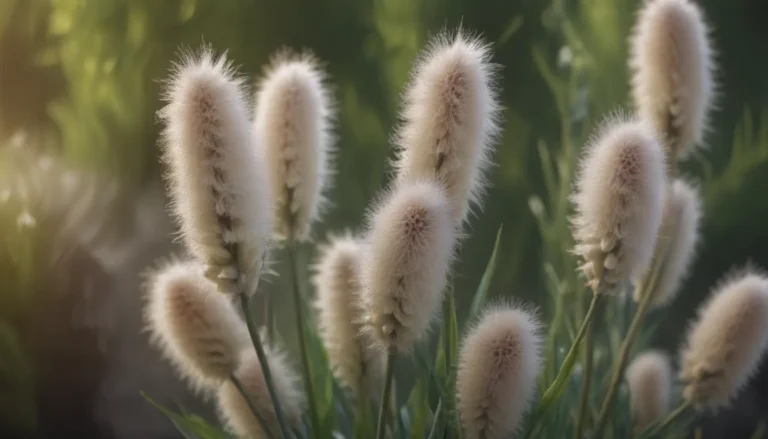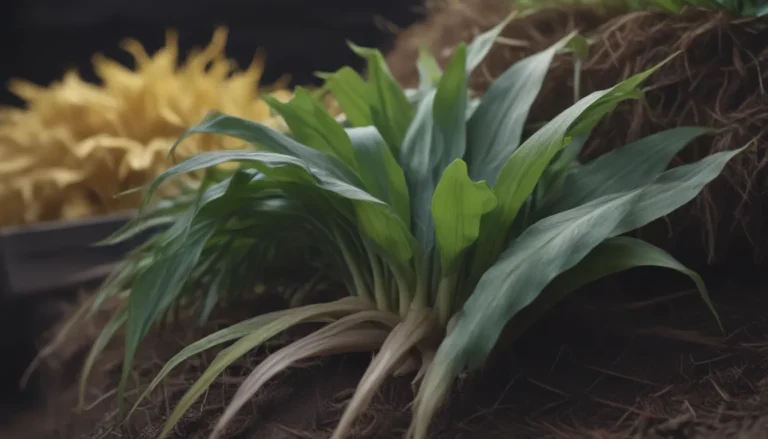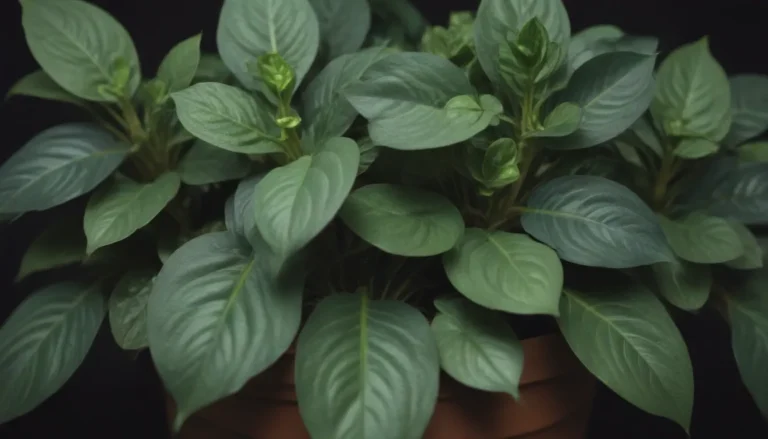How to Successfully Grow Nolana Plants: A Comprehensive Guide
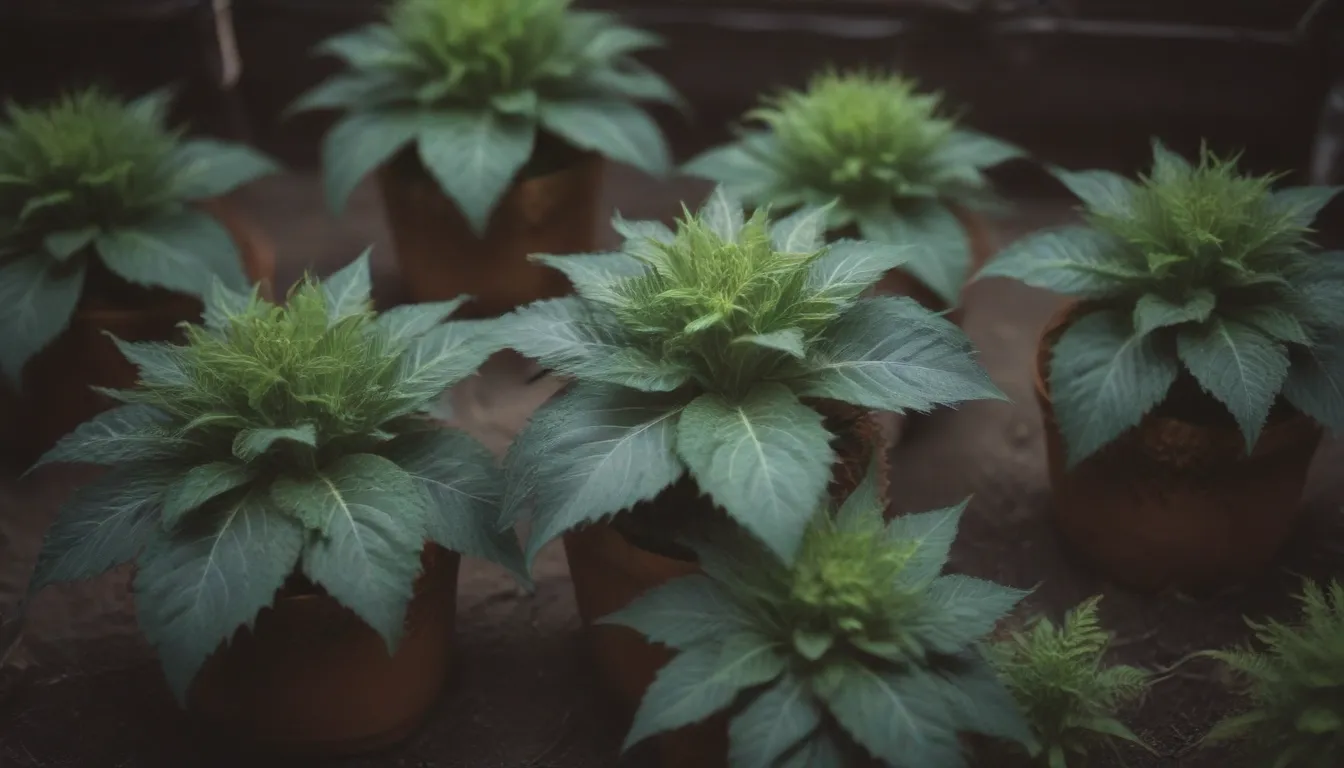
Are you looking to add a touch of vibrant blue or violet blooms to your garden or container this season? If so, the nolana plant, also known as the Chilean bellflower, might be the perfect choice for you. While initially mistaken for morning glories, nolana plants are unique in their own right, offering a stunning display of flowers throughout the summer months.
In this detailed guide, we will explore everything you need to know about successfully growing and caring for nolana plants. From understanding their basic requirements to exploring different varieties and propagation methods, this article aims to equip you with valuable information to ensure your nolana plants thrive and flourish.
Understanding Nolana Plants
Before delving into the specifics of how to grow nolana plants, let’s first take a closer look at some key characteristics of this beautiful flowering species:
- Botanical Name: Nolana
- Common Name: Chilean Bellflower
- Plant Type: Annual in cool-weather climates, perennial in warmer regions (hardiness zones 10 and 11)
- Mature Size: Varies depending on growing conditions
- Sun Exposure: Full sun (at least 8 hours of direct sunlight per day)
- Soil Type: Well-drained soil, tolerant of sandy or rocky conditions
- Bloom Time: Summer
- Flower Color: Blue or violet
- Hardiness Zones: 10-11, can be grown as an annual in zones 2-9
- Native Area: Chile and Peru
How to Grow Nolana Successfully
Growing nolana plants is a straightforward process, provided you understand and meet their specific needs. Here are some essential tips to help you cultivate healthy and vibrant nolana plants in your garden or containers:
Light
Nolana plants thrive in full sun, requiring at least 8 hours of direct sunlight daily for optimal blooming. While they may survive in partial shade, they will not reach their full potential without sufficient sunlight.
Soil
Nolana plants are adaptable to various soil types, including sandy or rocky soils. However, they are intolerant of waterlogged conditions. Ensure you plant them in well-drained soil to prevent root rot. Consider adding gravel to enhance drainage in raised beds or containers.
Water
Nolana plants are efficient in managing moisture and do not require frequent watering. Only water them during prolonged periods of intense heat or dryness. Avoid overwatering, as nolana plants have mechanisms to attract moisture through their foliage.
Temperature and Humidity
Originating from hot and dry climates in Chile and Peru, nolana plants prefer dry soil and minimal water. They perform best in hardiness zones 10 and 11 but can also thrive as annuals in other zones with proper care.
Fertilizer
Nolana plants do not require regular fertilization, as they can thrive in nutrient-deficient soil. Focus on providing adequate sunlight, and you will enjoy beautiful blooms throughout the summer without the need for additional nutrients.
Propagating Nolana
While nolana plants are challenging to propagate through cuttings or division, they can be easily grown from seeds. Consider starting nolana plants from seed to ensure successful propagation.
Varieties of Nolana
Nolana plants come in various species, offering a range of colors and sizes to choose from to complement your garden or container arrangements.
Growing in Containers
Take advantage of nolana’s cascading growth habit by incorporating them in container gardens. Ensure proper drainage to prevent root rot and pair them with plants that have similar water and sunlight requirements for a harmonious display.
Starting From Seeds
If you opt to start nolana plants from seeds, sow them in the spring about 4 to 6 weeks before the last expected frost. Provide adequate light and spacing for the seedlings to grow healthy root systems before transplanting them outdoors.
Landscape Uses
Nolana plants are versatile and can be used in various landscaping applications, including xeriscaping and as a ground cover. Their low maintenance and drought tolerance make them an excellent choice for water-wise gardens with minimal attention required.
By following these simple guidelines and understanding the specific needs of nolana plants, you can enjoy a spectacular display of blue and violet blooms throughout the summer months in your garden or container arrangements. Experiment with different varieties and propagation methods to personalize your nolana growing experience and create a unique and vibrant outdoor space. Happy gardening!
